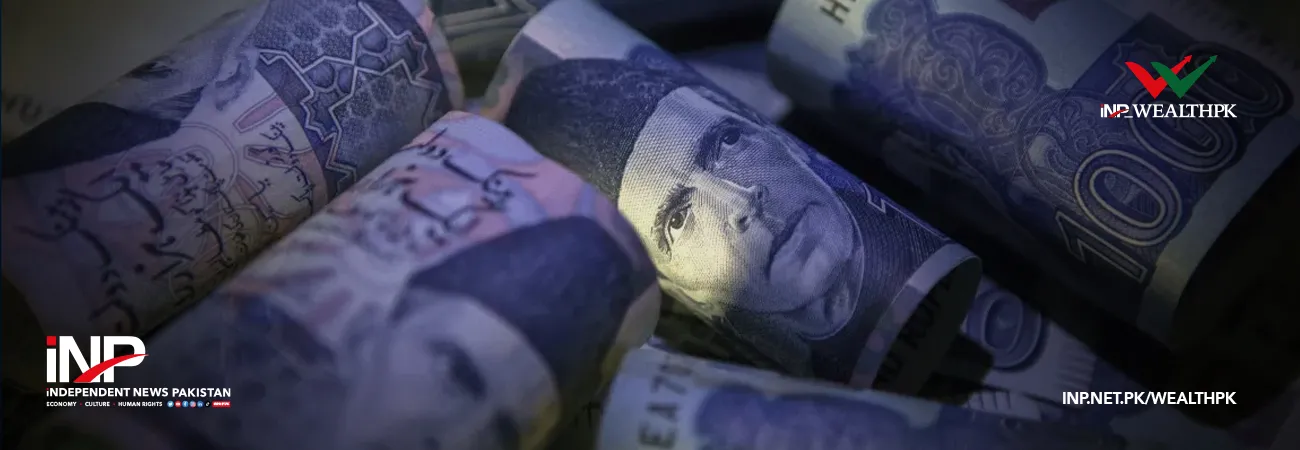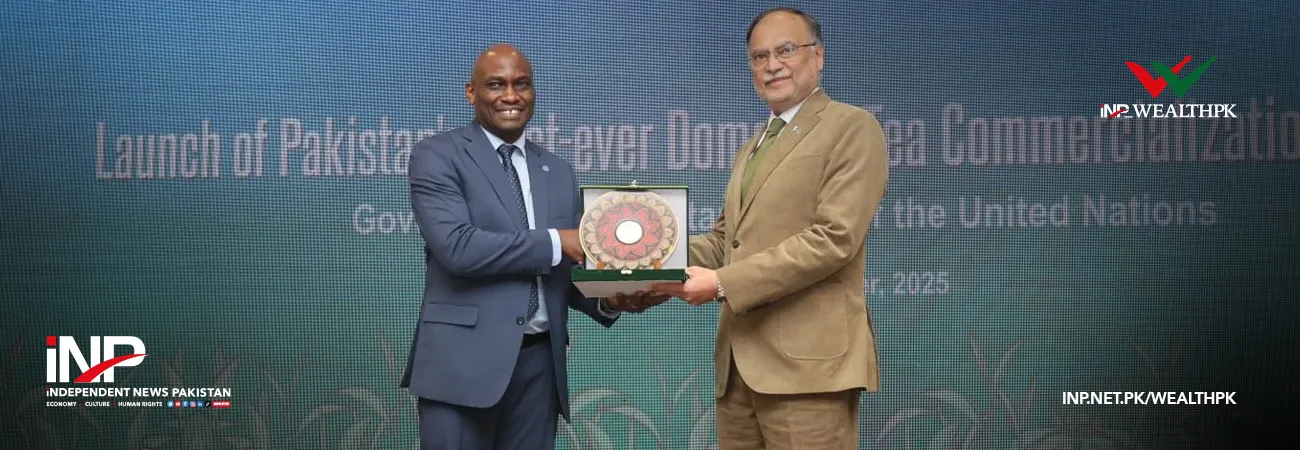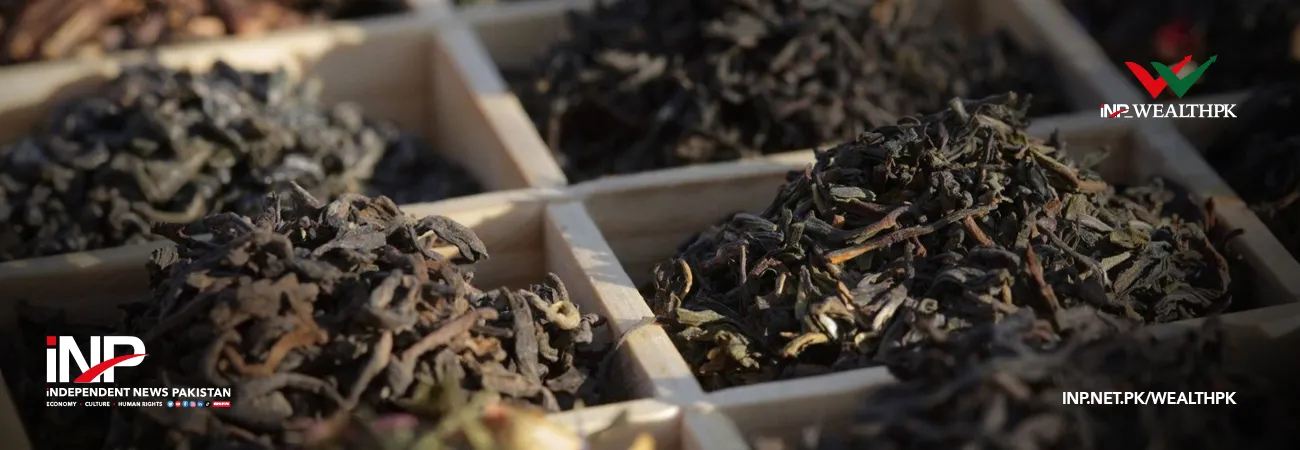INP-WealthPk
Ahmed Khan Malik
Industrial activity in Sindh remained largely subdued during the outgoing financial year, as multiple structural and macroeconomic challenges hindered growth across key sectors.
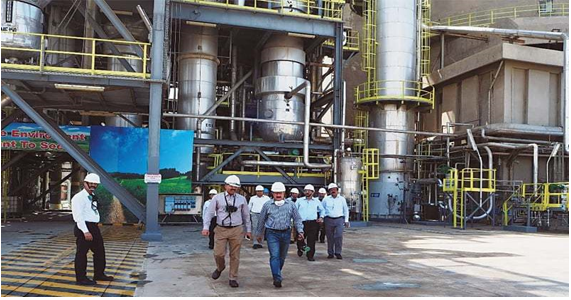
Despite the province’s pivotal role in Pakistan’s industrial economy, production levels in major industrial zones showed little to no improvement. According to industry stakeholders and economic analysts, the slowdown was driven by a combination of energy shortages, inflationary pressures, high interest rates, and a general lack of policy clarity.
Karachi —Sindh’s capital and industrial hub — continued to grapple with frequent power outages and gas shortages, leaving many manufacturing units operating below capacity.
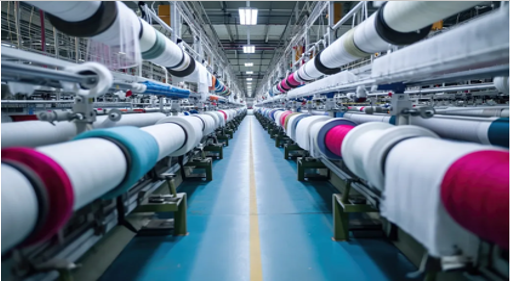
The textile sector, a cornerstone of Sindh’s industrial output, bore the brunt of these challenges. "Export orders declined amid global economic uncertainty, while domestic constraints — such as costly raw materials and disrupted logistics — further hampered operations.
Many small- and medium-sized textile units in SITE, Korangi, and Landhi industrial areas were either shut temporarily or functioned at reduced output levels,” Moeez Siddiqui, a textile industrialist in Korangi Industrial Area, told WealthPK. “Similarly, the automotive, cement, and steel industries witnessed a drop in production, largely due to import restrictions and falling demand.
With the rupee’s depreciation and rising costs of doing business, manufacturers struggled to maintain profitability. As a result, layoffs and workforce reductions were reported in several sectors, compounding the economic pressure on urban centres,” said Nizam Moeen, executive member of SITE Industrial Area. He highlighted the role of tight monetary policy in dampening industrial growth.
“The State Bank of Pakistan’s high policy rate — implemented to control inflation — made credit more expensive, particularly for small and medium enterprises. This further restricted expansion and investment in new machinery or facilities. Meanwhile, regulatory and bureaucratic hurdles continued to discourage industrial development.
Delays in tax refunds, unclear policies on energy tariffs, and slow implementation of promised incentives added to investor frustration. The absence of a cohesive industrial policy at the provincial level further complicated matters,” Moeen explained. There were, however, a few bright spots. The technology and digital services sectors in Karachi saw modest growth, driven by increased adoption of e-commerce, logistics solutions, and fintech applications.
Nevertheless, their overall contribution to the province’s industrial output remains relatively small. Industry representatives have called for urgent reforms, including consistent energy policies, improved infrastructure, and stronger public-private collaboration to support industrial recovery.
"Without immediate and targeted interventions, Sindh’s industrial sector may face deeper stagnation in the coming year,” Moeen said. He pointed out that the reviving momentum will require not just financial stimulus but a clear and sustained commitment to structural reforms from both provincial and federal authorities.
Credit: INP-WealthPk









